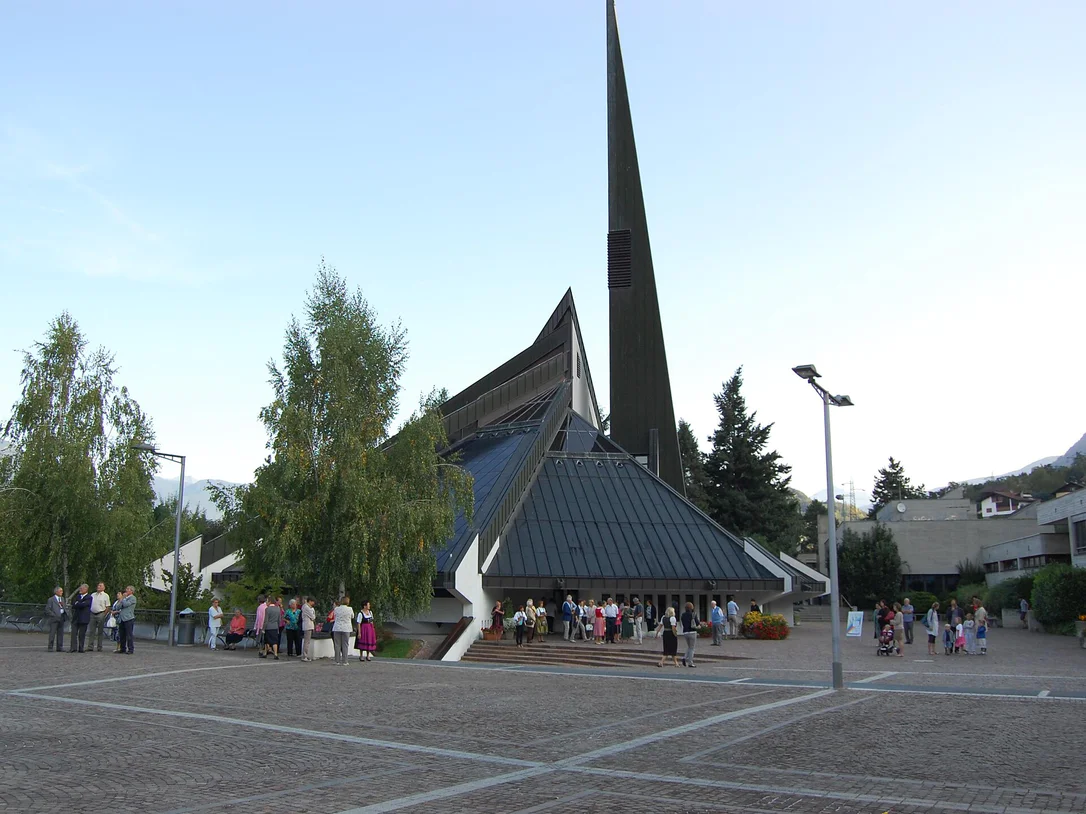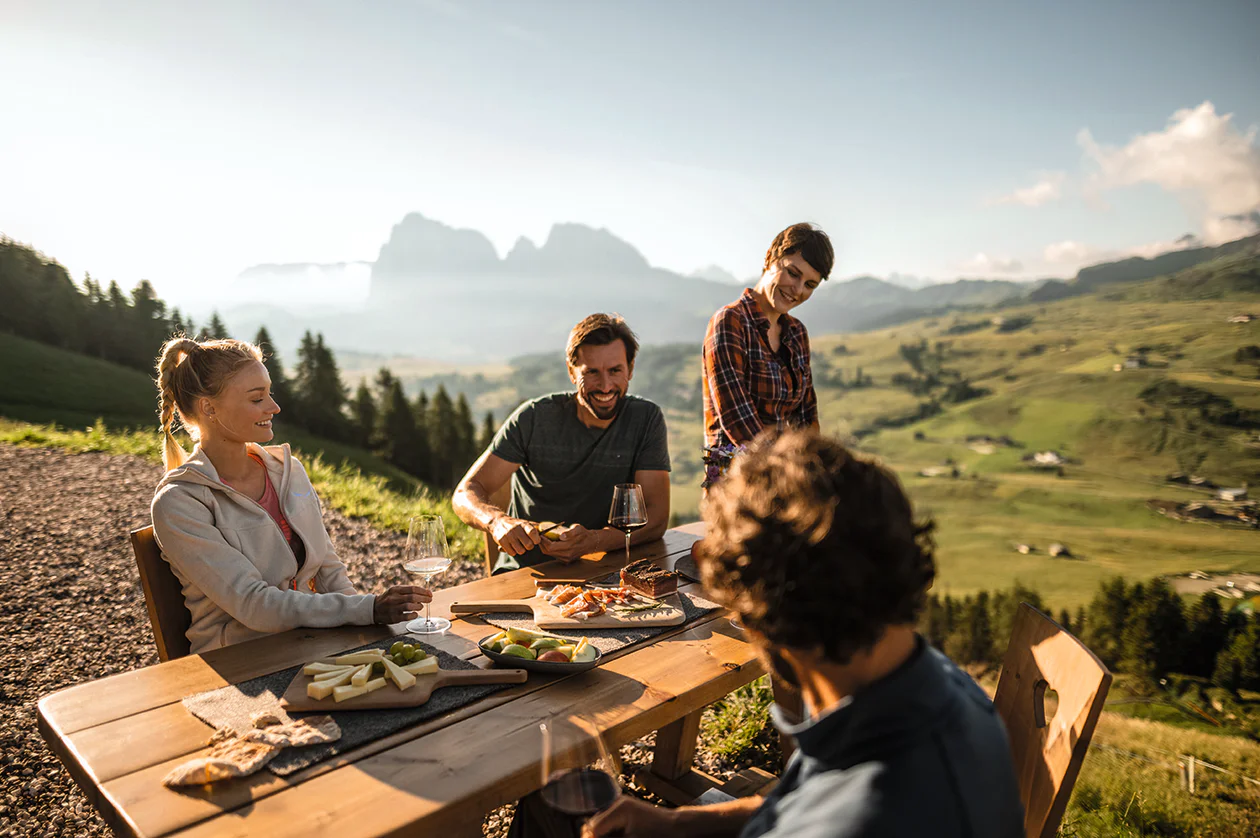At the eastern side of Brixen, beyond the confluence of the Rienz river and the Eisack river, in the village of Milland a new parish church was built between 1984-1985, and it is consecrated to the Saint Father Josef Freinademetz. The church is a curiosity, a work of modern architecture, a sacred place full of light.In the basement, there is an exhibition about the life and the work of the church patron, the Saint Father Josef Freinademetz, the Tyrolian China- missionary.
Guided tours possible after request.


























































